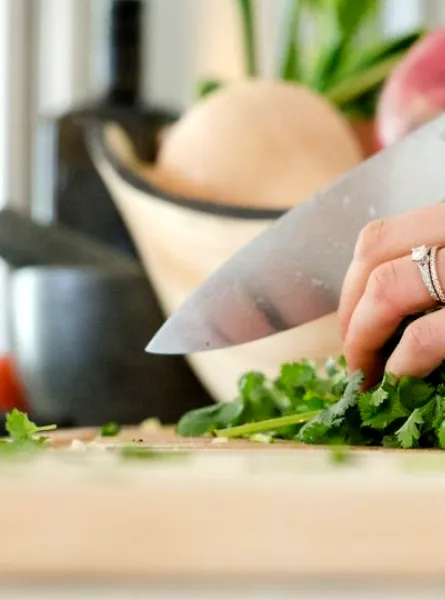
It’s one of the most common challenges parents face: persuading their children to eat vegetables. A healthy diet, as your pediatrician likely informed you, is crucial for kids’ healthy development. Vegetables contain vitamins and nutrients that kids need for their body and their brain. Even so, many children are notoriously picky when it comes to their food. The strong flavors or odd textures associated with some veggies like spinach, broccoli, cauliflower, and peppers can put kids off from taking even a single bite. Here, we’ll explore four of the best ways to get your kids to eat their veggies.
Camouflage Them
It’s a tried-and-true method that works–camouflaging or hiding vegetables in a dish that kids invariably like such as pizza or quesadillas. You can hide nutritious eats like spinach, green peppers, tomatoes, mushrooms, and various vegetables under a layer of cheese so kids don’t see them when they take a bite. This tends to work with pizza and quesadillas. However, if your kids’ are food detectives and can spot a sliver of onion from across the room, consider pureeing the vegetables into your sauce.
It’s not the best way to convince kids to willingly eat their vegetables, but if the only meals you can get them to eat without a battle involve chicken nuggets, mac and cheese, and spaghetti, you may need to rely on this method for a period of time.
Transform Them
Turn vegetables into fun shapes that kids like. In fact, if your kids love noodles, you can transform zucchini and squash into noodles for kids to enjoy with their pasta sauce. It may take a little more time to create dish-sized food depictions of fish, panda bears, or rabbits using carrot sticks, raisins, romaine lettuce, lima beans, and pumpkin, but the effort will be worth it when you’re kids get used to eating these types of healthy foods. Adding a fun element to eating can reduce the stress associated with trying new foods.
Dip Them
If your kids enjoy snacking as most do, be sure to offer vegetables as snacks accompanied by dips like hummus or salsa. Kids who like dunking their chips in dip may find that they enjoy the similar crunch that vegetables such as broccoli, carrots, and radishes offer. You can heighten the nutritional value of your veggie snacks by offering healthy dips such as Greek yogurt, black bean, avocado, butternut squash, fresh salsa, and, of course, hummus.
Cook Together
Involving children in the meal preparation process may help them to invest more attention in their dinner plate. Inviting kids to help you prepare dinner even when they’re young is good training and will help them to become familiar with food items like vegetables so they seem less foreign to their dish. Talk about how important it is to eat different colors. Let them help you choose those colorful foods like green beans, red peppers, orange carrots, and yellow corn. Always invite them to take a test bite and ask them if the dish needs more sauce, cheese, or something tasty they like. Those test bites will accustom their taste buds to different vegetable flavors.
It may take patience and determination, but your efforts are worth it if you can get your kids to eat their vegetables. A healthy diet is so important for health development and maintaining a healthy weight. If you’re concerned or have questions about your child’s diet, consult with your dietitian or pediatrician soon.






